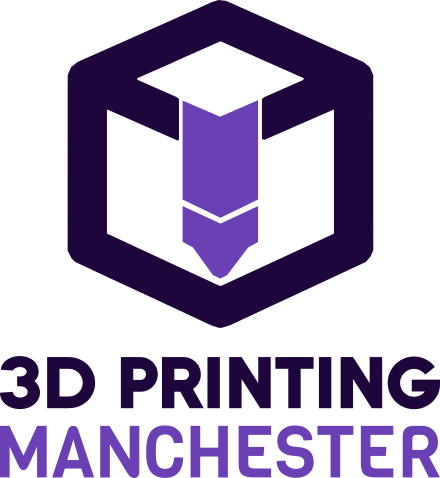Injection Moulding Manchester
Injection Moulding
Our 3D printing services also cover injection moulding. It is one of the most common manufacturing processes in the plastic industry. Here, we inject molten plastic materials under high pressure, in molten form, into a mould cavity. It hardens as it cools, and then the mould is opened and formed plastic pieces are taken out.
Injection moulds themselves are blocks with cavities, which determines the shape of the products being made. At 3D Printing Manchester, our efficiently carried out injection moulding process offers us low cost-per-part, repeatable outcomes, and minimal waste of the injected material. Especially when going into mass production of designs.
Our mould-making process is extensive, and for this, we go through required precise planning and execution while adhering strictly to the client’s deadlines, iterations, and expectations for part quality. A mould can be made up of many complex cavities, inserts, and cooling channels. Our mould tools have the ability to withstand repeated impact and exposure to high-temperature polymers, making wear-resistance a critical feature. An injection mould is a very complex assembly and must be built to withstand very high pressures.
Contact Us 24/7
What is Injection Moulding?
For a number of processes, we take pride in our unique injection moulding processes. This ranges from clamping, dwelling and the injection process itself. Clamping unit consists of a metal plate. Our process begins with the mould being clamped together under high pressure to accommodate the injection and cooling processes. Then we go into the Injection Process, where our molten plastic, which has been melted from pellet form in our machine, is injected under high pressure into the mould through either a screw or ramming device. Dwelling is then done once the molten plastic has been injected into the machine, by applying more pressure to make sure all the mould's cavities are filled, using hydraulic or mechanical pressure. After that we leave the plastic to cool and solidify within the mould. After cooling, the movable metal plate is separated from the fixed metal plate to separate the mould. This process is completed by the use of rods, a plate, or an air blast to remove the plastic component completely from the mould. This process used at our printing service has the principal advantage of the ability to scale up our production en masse.
Injection Moulding Process
Our 3D printing Manchester injection moulding process is unique and different due to a number of reasons; we produce very low scrap rates relative to traditional manufacturing processes, which mostly cut away substantial percentages of an original plastic block or sheet.
Unlike other processes, our injection moulding process is very repeatable. That is, the second part of our product is going to be identical to the first one. This is ideal for brand and product consistency and reliability for high volume production.
At 3D printing services Manchester, we create products with highly enhanced strength, high efficiency, and detailed processes in line with clients expectations. We also have an edge over competitors due to our ability to cut our client’s costs as our automation helps to reduce overheads significantly. These are the reasons why, at 3D printing Manchester, you are well assured to receive the best quality of services.
Materials for the Injection Moulding
The most common material for an injection mould is high grade steel. However, we are currently developing 3D printed composite moulds which could be suitable for smaller production runs. This would finally provide a financially viable solution for tens or hundreds of unit production quantities!
Plastic Injection Moulding Manchester
Injection moulding is very versatile and as a result almost any material could be suitable for injection moulding. Glass, plastic, metals or composites. However, by far and away the most common is plastic due to the range of plastic types and properties which can be obtained from different types of plastics, along with its costs.
Need help?
Looking for an injection moulding solution?
Frequently Asked Questions
